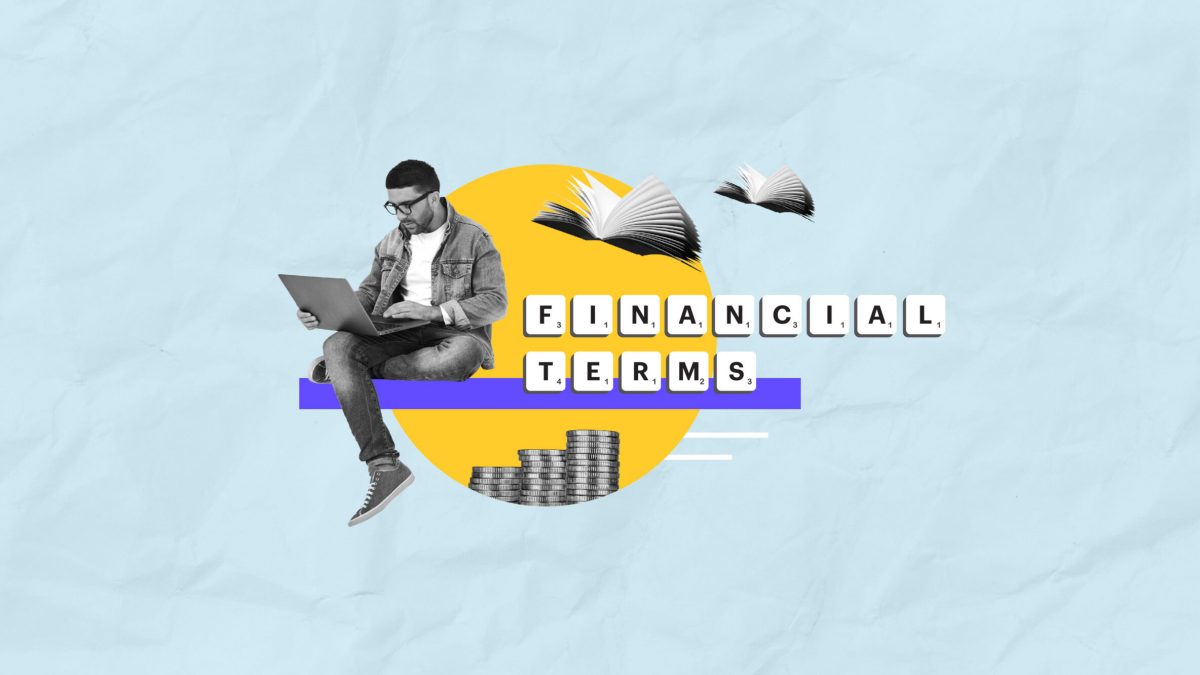What is a SAFE in Finance? A Beginner’s Guide
 angelschool
angelschool
For early-stage startups, securing funding can be challenging, and traditional investment methods like equity financing can be time-consuming and complex. To simplify the process, SAFE (Simple Agreement for Future Equity) notes were introduced as an alternative investment instrument.
Originally developed by Y Combinator in 2013, SAFEs provide a straightforward and founder-friendly way for startups to raise funds without the immediate complications of issuing stock. In this guide, we will break down what a SAFE is, how it works, its advantages and disadvantages, and when it is the right option for your startup or investment portfolio.
What is a SAFE?
A SAFE (Simple Agreement for Future Equity) is a legally binding simple agreement for future equity between a startup and an investor. Instead of receiving immediate equity in exchange for their investment, the investor is promised shares in a future funding round, typically when the startup raises a priced equity round.
Unlike convertible notes, which function as debt instruments with interest and maturity dates, a SAFE is not a loan. Instead, it is a promise that the investor will receive equity under predefined conditions, usually when a future valuation is determined.
How Does a SAFE Work?
Investor Provides Capital: The investor gives a startup funds in exchange for a SAFE agreement.
No Immediate Equity Exchange: The startup does not issue shares immediately. Instead, the agreement outlines conditions under which shares will be granted in the future.
Conversion Event Occurs: The SAFE converts into equity when the startup raises a qualified priced round (usually a Series A round or a pre-determined milestone).
Investor Receives Shares: The investor is issued shares at a discount or based on a valuation cap, depending on the terms of the SAFE.
Key Terms in a SAFE Agreement
Understanding the core terms of a SAFE agreement helps investors and founders navigate the process effectively.
1. Valuation Cap
A valuation cap sets a maximum price at which the SAFE will convert into equity.
If the startup grows significantly, the investor still gets shares at a lower valuation, ensuring a better return.
2. Discount Rate
- Many SAFEs include a discount rate (e.g., 10-20%) that allows investors to buy shares at a lower price than new investors in a future priced round.
3. Conversion Event
- The moment when a SAFE converts into equity, typically during a priced equity round or an acquisition event.
4. No Maturity Date or Interest
- Unlike convertible notes, SAFEs do not accrue interest and do not have a repayment deadline.
Types of SAFE Agreements
Since their introduction, different variations of SAFEs have been developed to accommodate different investment scenarios:
SAFE with a Valuation Cap: Ensures the investor receives a favorable conversion price.
SAFE with a Discount Rate: Provides an incentive for early investors.
SAFE with Both Valuation Cap and Discount: Offers both benefits, ensuring a better deal for investors.
SAFE with MFN (Most Favored Nation) Clause: If the startup later offers a better deal to another investor, the earlier SAFE holders can upgrade their terms.
Benefits of Using a SAFE
For Startups:
Simplifies Fundraising: Reduces the complexity of negotiations and legal costs compared to traditional equity financing.
No Immediate Dilution: Founders do not have to give up equity immediately.
Flexibility: SAFEs do not have maturity dates or interest, relieving startups of repayment pressure.
For Investors:
Potential for High Returns: Early-stage investors get equity at a discount or a capped valuation.
Lower Risk than Equity Purchases: Investors gain exposure to a startup’s growth without requiring an immediate valuation.
Risks and Disadvantages of SAFEs
Despite their benefits, SAFEs come with potential downsides:
For Startups:
Dilution in Future Rounds: Since SAFEs convert into equity later, founders might lose more ownership than expected.
Complex Cap Table Management: Multiple SAFEs with different terms can make managing ownership structures difficult.
For Investors:
No Guaranteed Return: If a conversion event never happens, investors may not receive equity or a return on their investment.
Lack of Control: Unlike traditional shareholders, SAFE holders do not have voting rights or influence in decision-making.
SAFE vs. Convertible Note: Key Differences
| Feature | SAFE | Convertible Note |
| Debt Instrument? | No | Yes |
| Maturity Date? | No | Yes |
| Interest Accrual? | No | Yes |
| Requires Repayment? | No | Yes, if not converted |
| Converts to Equity? | Yes | Yes |
When to Use a SAFE
For Startups:
When raising early-stage capital quickly without negotiating a valuation.
When wanting to delay dilution until a priced funding round.
When seeking founder-friendly investment terms.
For Investors:
When confident in the startup's growth potential and willing to wait for equity conversion.
When looking for a simple and flexible investment structure with potential discounts or valuation caps.
How to Structure a SAFE Investment
Determine the Terms: Agree on a valuation cap, discount rate, or MFN clause.
Draft the SAFE Agreement: Use standardized templates like Y Combinator’s SAFE model.
Secure Investment: Receive funding from investors based on agreed terms.
Manage SAFEs on the Cap Table: Keep track of how future conversions will impact ownership.
Prepare for a Priced Round: Ensure compliance and readiness for SAFE conversions when raising equity financing.
Conclusion
SAFE agreements have revolutionized startup financing by offering a fast, flexible, and founder-friendly way to raise early-stage capital. While they provide benefits for both startups and investors, understanding the terms, risks, and implications is crucial for making informed decisions.
For startups, SAFEs are a powerful tool to kickstart fundraising without the complexities of traditional equity rounds. For investors, SAFEs present an opportunity to gain early access to promising startups with favorable terms.
If you are considering using a SAFE, always consult with legal and financial experts to ensure the agreement aligns with your long-term goals.
Subscribe to my newsletter
Read articles from angelschool directly inside your inbox. Subscribe to the newsletter, and don't miss out.
Written by
